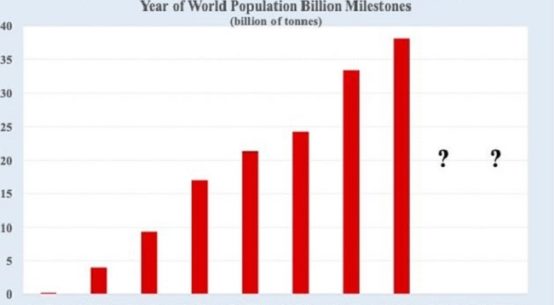
The area where land meets the sea, known as coastal ecosystems, could be the key to reducing the effects of climate change.
What is blue carbon?
Blue carbon refers to the carbon dioxide (CO2) stored within marine or coastal ecosystems worldwide. These ecosystems include coastal plants such as mangroves, seagrasses, and salt marshes, which trap CO2 in their seabeds.
Why is it important?
The coastal ecosystem provides a protective shield, safeguarding communities from the adverse effects of natural disasters and climate change by maintaining cooler temperatures, even in summer.
How do we know this?
Research indicates that, despite covering less than 5 percent of the global land area and less than 2 percent of the ocean, coastal ecosystems store approximately 50 percent of all carbon buried in ocean sediments. Remarkably, they can store 5–10 times more carbon than land-based forest patches. These carbon stores can extend up to 6 meters deep, with layers dating back thousands of years. As the largest carbon sink (the ability to absorb carbon dioxide from the atmosphere), they play a crucial role in reducing the effects of climate change by absorbing 90 percent of excess heat and 23 percent of man-made CO2 emissions.
What else do coastal ecosystems do?
Coastal ecosystems serve as a barrier against natural disasters like floods and storms and contribute to climate regulation in coastal regions. They provide habitat for coastal animals and support communities dependent on coastal resources for food and livelihoods, particularly ocean people and fishworkers globally.
In the Indian state of Goa, women traditionally perform the early morning ritual of drying fish. Credit: Aishwarya Bajpai/IPS
What happens if coastal ecosystems deteriorate?
More than one-third of the world’s population or about 1.4 million people resides in coastal areas and small islands, comprising a mere 4 percent of the Earth’s total land area. For example, mangrove loss has soared to 40 percent since 1970, while coral reefs have witnessed a 50 percent decline since 1870.
At the same time, the global coastal population has surged, from approximately 2 billion in 1990 to 2.2 billion by 1995, encompassing four out of every ten people on the planet.
What does the sea tell us about global warming?
Over the past five decades, more than 90 percent of the Earth’s warming has been observed in the ocean. Recent research suggests that approximately 63 percent of the total increase in stored heat within the climate system from 1971 to 2010 can be attributed to the warming of the upper oceans, while warming from depths of 700 meters to the ocean floor contributes an additional 30 percent.
What are the impacts of this global warming?
Specifically in the Indian context, between 1950 and 2020, the Indian Ocean experienced a temperature rise of 1.2°C. This warming trend has led to the rapid intensification of cyclones, with projections indicating a tenfold increase in cyclone formation, from the current average of 20 days per year to an estimated 220–250 days per year.
So, how can blue carbon combat climate change?
Blue carbon ecosystems are crucial to combating climate change because they are an effective carbon sink. For example, mangroves, renowned as one of the most carbon-rich forests in the tropics, boast an average annual carbon sequestration rate ranging from 6 to 8 Mg CO₂e/ha, surpassing global rates observed in mature tropical forests.
Can we revive our coastal ecosystems?
Yes, there are several ways to do so, including carbon capture technologies and strategies like phytoplankton blooms, where fertilizing the ocean with nutrients can enhance carbon uptake. We could also use wave pumps to transport carbon-saturated surface waters down into the deep ocean, aiding carbon sequestration. Another method includes adding pulverized minerals to the ocean, which can absorb greater amounts of carbon dioxide, contributing to carbon capture efforts.
We should also ensure our policy frameworks reduce carbon footprints, including actions to conserve natural systems and reduce emissions.
There should be ongoing research and training for skilled carbon capture system experts.
Therefore, countries around the world can protect their future, biodiversity, and the planet by encouraging conservation of coastal ecosystems. (IPS Article)


